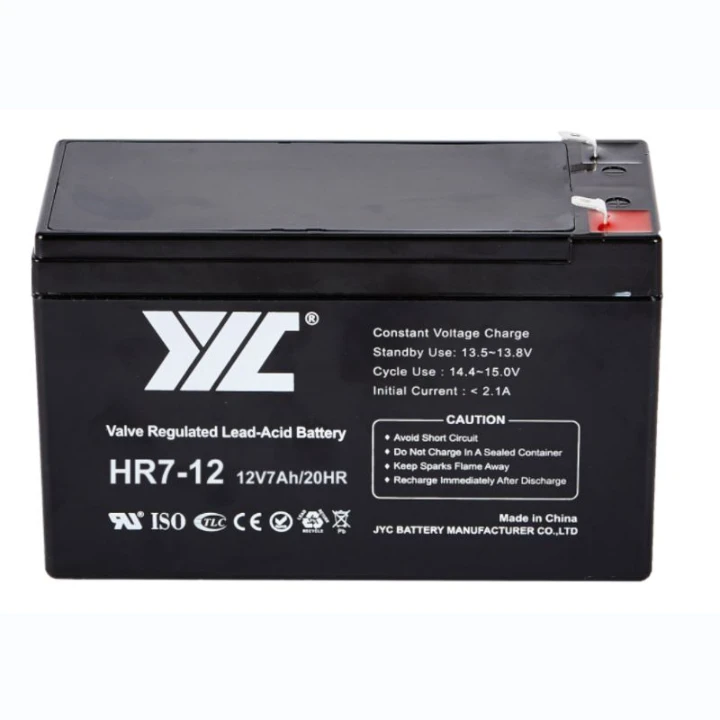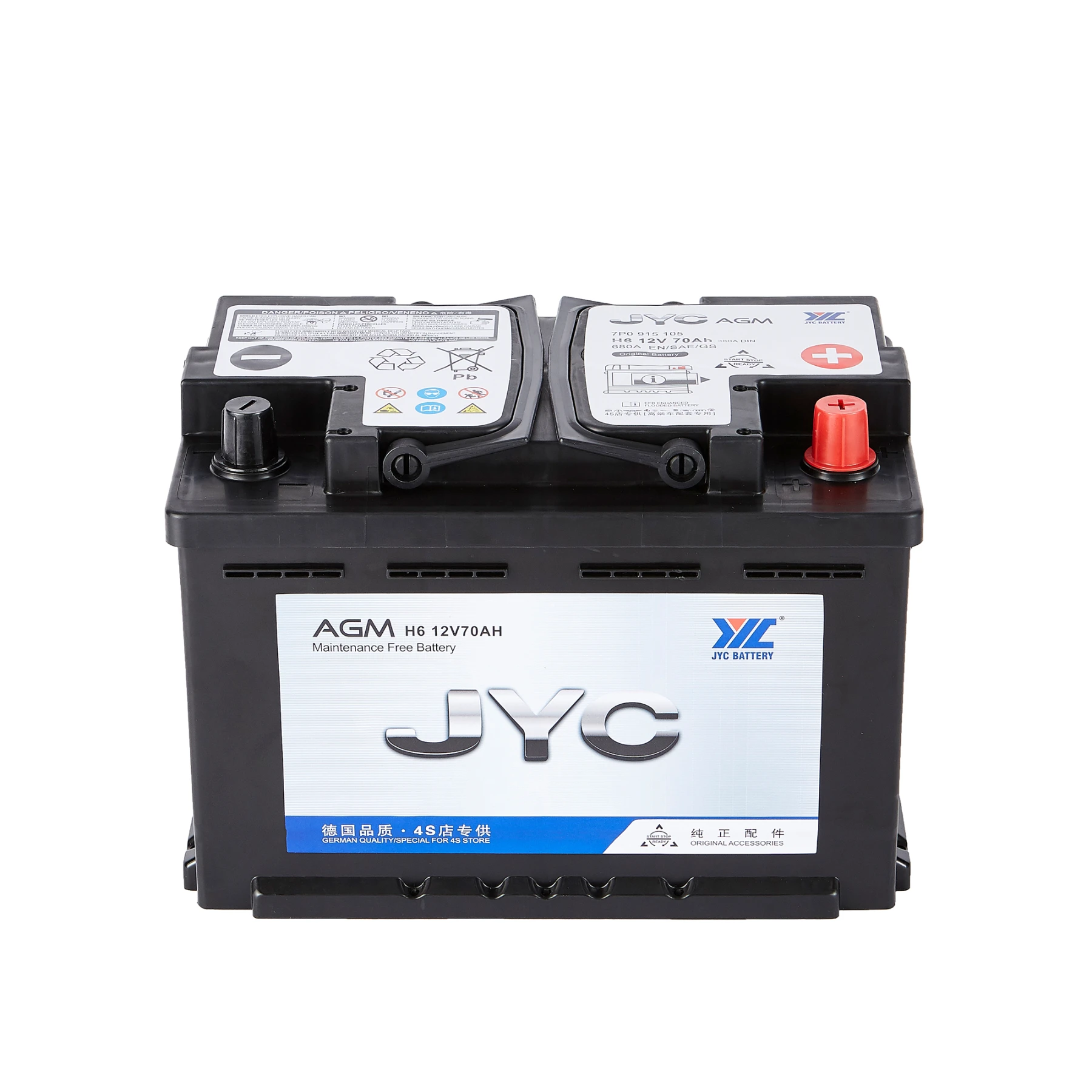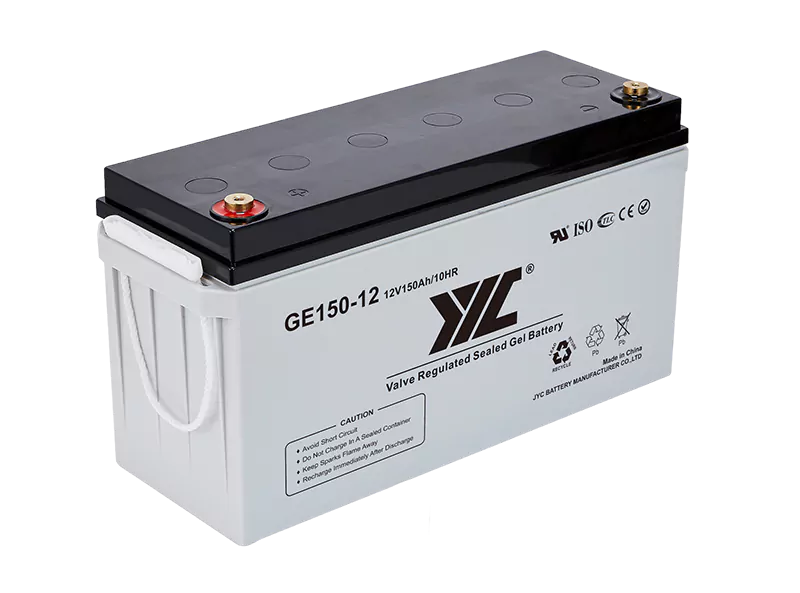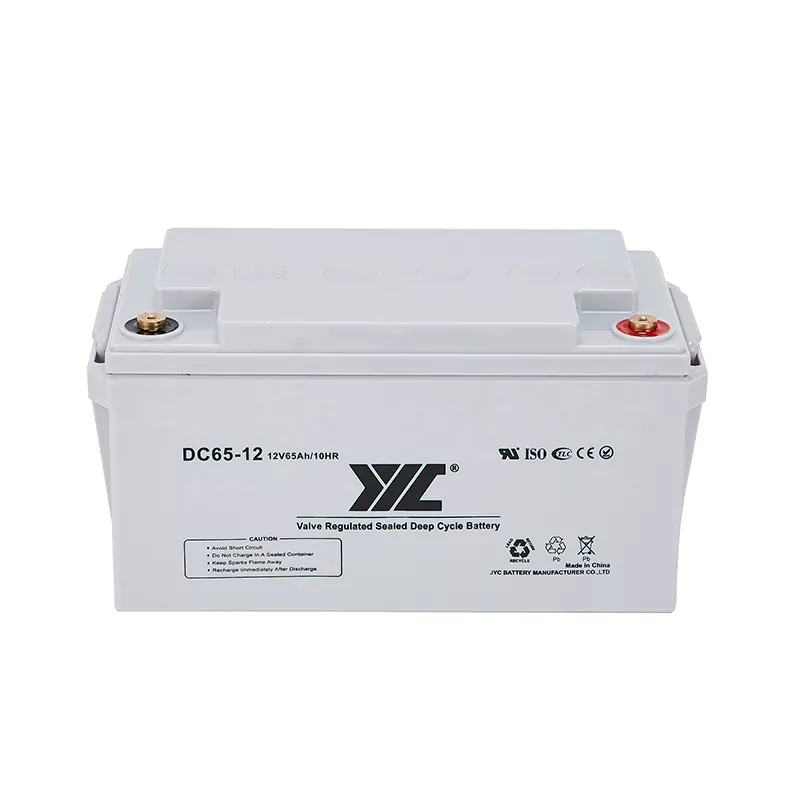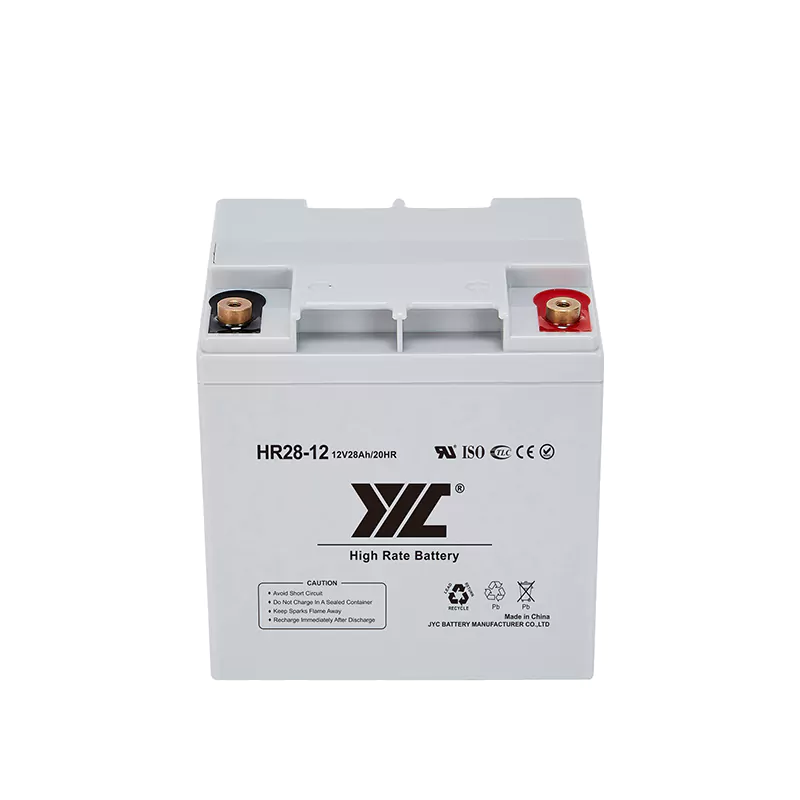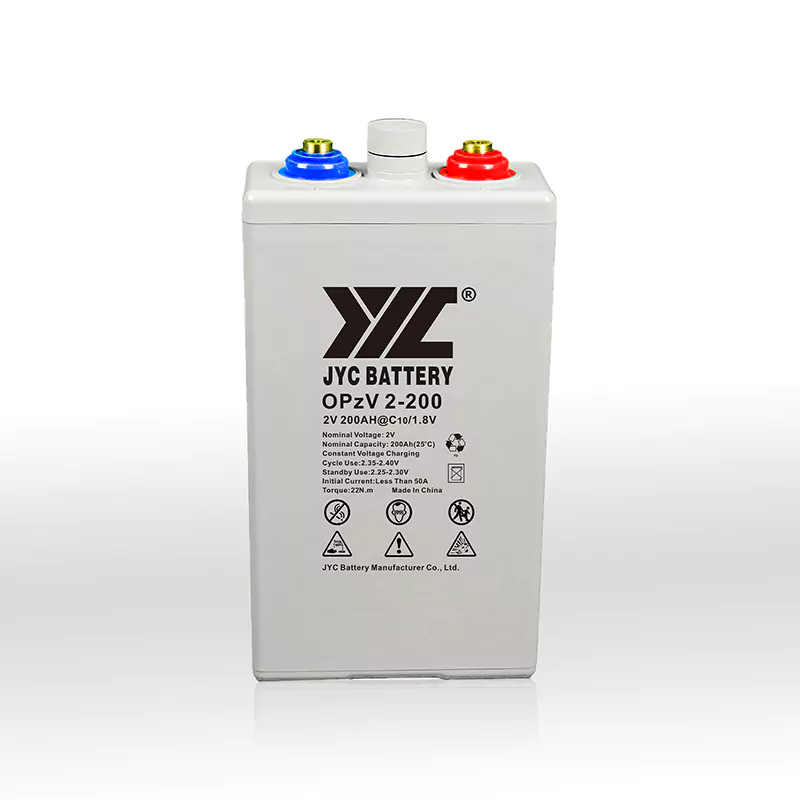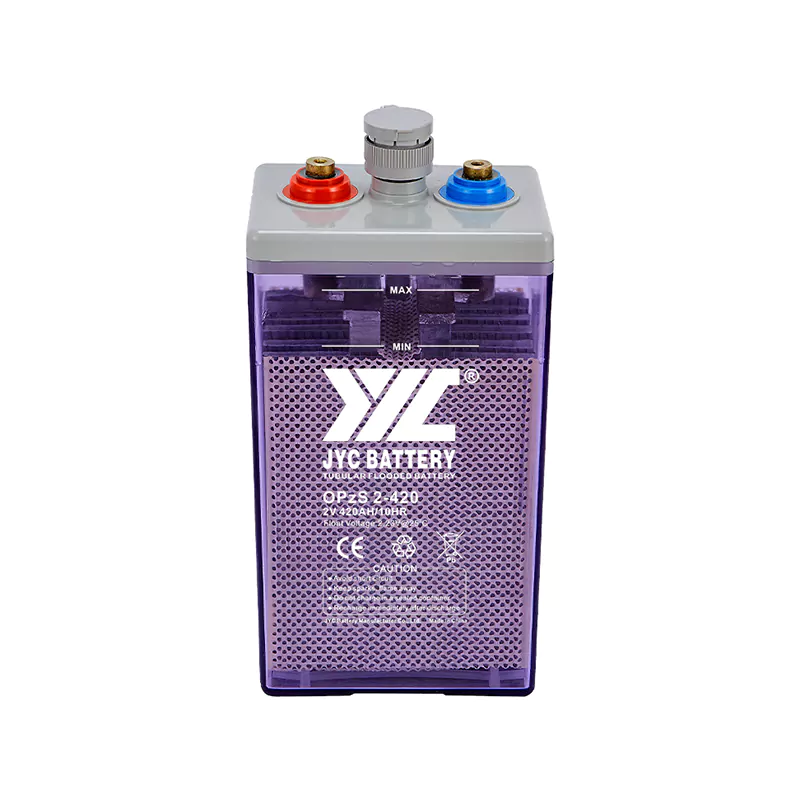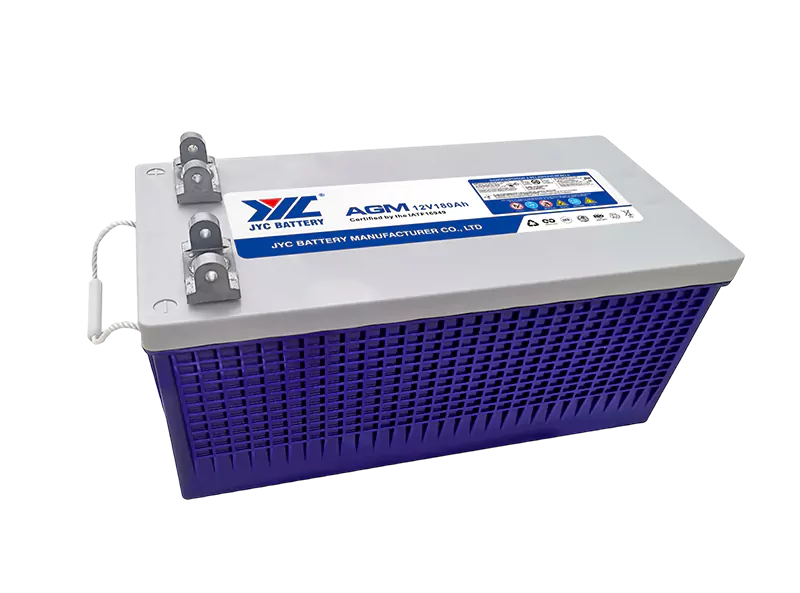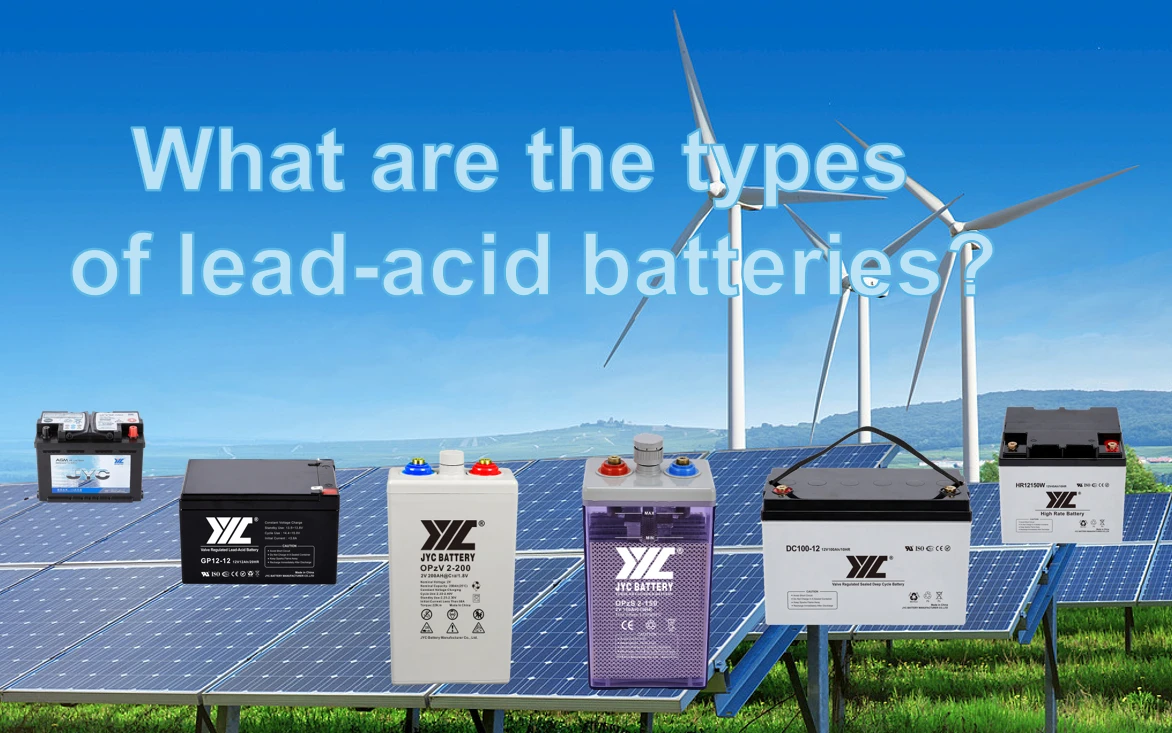
Introduction
For more than a century, lead-acid batteries have been a regular companion in the globe of energy storage because of their trustworthiness, price-effectiveness, and wide range of applications. Lead-acid batteries are used in numerous industries and sectors, from automotive to renewable energy storage. Different kinds of lead-acid batteries have appeared gradually over time—developed in line with certain demands and purposes.
This paper describes various kinds of lead-acid batteries and then goes deep into their major features, composition, advantages, and applications. From the versatile VRLA and AGM sealed lead-acid batteries to specialized deep cycle and high rate variants, each type has certain characteristics that make it apt for specific tasks.
In addition, we shall look into the inner workings of these batteries and find out their chemical range, as well as comprehend how they benefit them in diverse scenarios. Providing backup power in critical applications, storing renewable energy in off-grid setups, or running your phone or car on lead-acid batteries has proved its value. It persists to play a huge role in modern-day energy storage solutions.
1. VRLA (Valve Regulated Lead-Acid) Battery:
Valve Regulated Lead-Acid (VRLA) batteries are rechargeable batteries created to be maintenance-free due to their sealed construction. These valves used sealed batteries to prevent electrolyte leakage and were designed for valve regulation. This battery technology uses fiberglass separators saturated with electrolytes, making the battery maintenance free from leaks. The key feature of VRLA batteries lies in their valve-regulated design, where a one-way pressure-relief valve allows extra gas to escape during charging and discharging, securing the battery remains sealed and safe.
Examples of applications include the following:
●Uninterruptible Power Supply (UPS): VRLA batteries are an important energy storage appliance for UPS systems, supplying backup power during outages to protect critical electronic tools and data.
●Emergency Lighting: In buildings, industrial facilities, and public spaces, VRLA batteries supply emergency lighting systems so that people can safely egress during emergencies.
●Alarm and Security Systems: VRLA batteries provide reliable backup power for security alarms and surveillance systems, ensuring uninterrupted protection and monitoring.
●Telecommunications: The applications of these types of batteries in the telecommunication industry include backing up power supplies of cell towers and communication equipment during power disruptions to ensure uninterrupted connectivity.
Advantages:
●Safety: The sealed design and valve-regulated system make VRLA batteries safe to use in various applications without the risk of acid leakage, making them ideal for indoor use and sensitive environments.
●No Maintenance Required: VRLA batteries do not require common maintenance compared to conventional flooded lead-acid batteries since they stay longer than conventional ones.
●Versatility: These batteries are very versatile. They apply across various industries, such as UPS systems, emergency lighting, security systems, and telecommunications as well as more.
●Fast Charging: VRLA batteries take on a relatively quick charge acceptance, which allows them to recharge rapidly, and they are prepared for backup power in a short portion of time.
2. AGM (Absorbent Glass Mat) Sealed Lead-Acid Battery:
The AGM battery consists of lead-acid chemistry, where the electrolyte is absorbed into the AGM separators. AGM-sealed lead-acid batteries are valve-regulated and sealed with fiberglass mat separators. AGM separators allow the battery to be totally maintenance-free while assuring the safety and reliability of the system. The fiberglass mat practically absorbs and immobilizes the electrolyte, thereby preventing leakage even if the battery is tipped or positioned in various orientations.
Advantages:
Firstly, they have a low self-discharge rate. Normally when in storage, they can hold their charge for extended periods with little loss of power. Secondly, they show better high-rate discharge performance, so they are excellent choices for applications that need bursts of energy or high power output. Also, the sealed construction means there is no maintenance as there is no need to water them or check electrolyte levels regularly.
Applications:
In the automobile sector, they are common in starting, lighting, and ignition (SLI) through to providing power backup for marine vessels that ensure continuous and reliable electrical supply while on excursions. Also, AGM batteries are well-suited when used as solar energy storage systems since they can store energy efficiently and be charged and discharged repeatedly. Additionally, these batteries make excellent choices for electric scooters. AGM-sealed lead-acid batteries have proven versatile and reliable power sources across various applications.
3. GEL Sealed Lead-Acid Battery:
Gel batteries are composed of lead plates and a gelified sulfuric acid electrolyte. The gel is formed by the addition of silica to the electrolyte, thus forming a semi-solid substance that holds the acid in place. Unlike normal flooded lead-acid batteries, the gel technology immobilizes the sulfuric acid electrolyte. Hence spilling or maintenance is not required. The construction is sealed, meaning that it is safe while allowing battery operation in any direction without spills of acids.
Advantages:
The key advantages of GEL-sealed lead-acid batteries are that they offer improved cycle life. The composition of the gel lessens the sulfation rate on battery plates, therefore making them more resistant to wear and tear associated with charge and discharge cycles. This extended cycle life translates to a longer life for the battery, hence reduced replacement frequency.
GEL batteries have better performance under high-temperature conditions. The qualified electrolyte is lower in its liability to dry out with the rise of temperatures, hence helping to maintain battery capacity and efficiency.
Applications:
Another large application of GEL batteries is renewable energy storage, where excess electricity generated from solar boards or wind turbines is stored in GEL batteries to have a steady and continuous power supply when renewable sources fail. Excess GEL battery storage is also prominent in the medical industry as it powers critical equipment like ventilators and patient monitoring systems. Their good cycle life and dependable performance make them good choices for medical applications that need good-quality power sources.
4. Deep Cycle Lead-Acid Battery:
Deep cycle batteries are generally thicker in the lead plates and have a greater density of active material. Its strong design gives a bigger capacity which can store more energy. The deep-cycle lead-acid battery has been designed to withstand repeated deep discharges and recharges without sustaining damage. Unlike what is used for starting engines, its features make them fit for applications needing sustained, reliable power delivery over an extended duration of time.
Possible Advantages:
The leading advantage of deep-cycle lead-acid batteries is their extended cycle life. Their heavy construction, resistance to plate degradation, and ability for longer under demanding discharge and recharge conditions enable them to meet applications requiring frequent and continuous cycling throughout their operative life.
Besides, deep-cycle lead-acid batteries serve best in applications involving continuous discharge and recharge cycles. These can deliver a constant and reliable power output without degrading performance or efficiency over prolonged periods. They yield almost all kinds of applications.
Applications:
Common applications are powering golf carts and electric vehicles for sustained use and range. Further, deep cycle batteries have good application in storing excess energy generated during intense sunshine hours as well as releasing it when there is low or no sunlight. It ensures a continuous power supply with maximum sun energy utilization.
5. High-Rate Lead-Acid Battery:
The high-rate lead-acid battery is a carefully selected electrode material engineered to provide rapid discharge and recharge capability. The high-rate lead-acid battery is planned to deliver high currents for short-duration applications. This will be compatible with applications that require quick, powerful energy release. These batteries are designed with optimized electrode materials and configurations to tolerate in an efficient manner while providing reliability on a high rate of discharges.
Advantages:
One major advantage of high-rate lead-acid batteries lies in that they can handle high-power applications effectively. It offers rapid bursts of energy. They are valuable for applications that need a quick and substantial release of power.
High-rate lead-acid batteries are also fit for emergency backup power systems. Under emergency conditions, when a dependable immediate power source is required, high-rate batteries can supply the required energy to sustain critical functions and devices.
Applications:
High-rate lead-acid batteries normally find application in industrial settings. They are often used in forklifts and other material handling equipment as these devices need high currents for lifting heavy loads and keeping the machinery operating efficiently. Such batteries ensure that the forklifts can deliver power at short intervals to remain productive and perform to a high standard.
Further, their quick energy-release capability makes high-rate lead-acid batteries appropriate for telecommunication systems. During power cuts or peak demand times, these batteries can quickly support telecommunication infrastructure to enhance uptime communication services.
6. OPzV Tubular Battery:
OPzV tubular batteries have a gel electrolyte and tubular-positive plates. The OPzV tubular battery is known to have construction with tubular-positive plates. These batteries are constructed for superior performance and life compared to lead-acid batteries. They are enhanced for deep cycling using tubular positive plates, thus making them the best choice for applications that need frequent and deep discharges.
Advantages:
The OPzV tubular battery has the longest service life among lead-acid battery types. Combining tubular-positive plates and gel electrolytes reduces plate degradation, extending the operational life of a given battery and making it a cost-effective and reliable long-term energy storage solution.
Beyond, OPzV batteries have good deep-cycling capabilities. Therefore, they can accept frequent deep discharges without sacrificing performance or efficiency. This feature is critical for applications such as renewable energy storage systems and off-grid power setups that rely on consistent and sustained power delivery.
Applications:
OPzV tubular batteries are used in various renewable energy storage systems. Where they very effectively store excess energy generated from solar panels or wind turbines, their ability to resist frequent deep discharges and re-charges ensures continued stable and reliable power supply during periods of low or no renewable energy generation.
Furthermore, these batteries are used in remote telecom sites to provide backup power during power outages or areas with less electricity grid access. Their long service life and deep-cycling capabilities make them a reliable energy source for critical communication infrastructures.
7. OPzS Lead-Acid Battery:
The OPzS lead-acid battery incorporates an immersed liquid sulfuric acid electrolyte in its design. Battery cells have tubular positive plates and flat or pasted negative plates. OPzS lead-acid battery is famous for its tubular plate design, which uses a liquid sulfuric acid electrolyte. These batteries are designed with hard and strong tubular positive plates that play some vital role in their reliable performance and long service life.
Advantages:
One strong point of OPzS lead-acid batteries is their durable and solid nature. , Besides the liquid sulfuric acid electrolyte boosts, the tubular plate design boosts the battery’s strength to withstand frequent deep discharges and recharge major degradation, hence longer service life.
Moreover, OPzS batteries have good cycling since the application requires repeat deep cycle cycles. This particularity is very useful in environments where a reliable and stable power supply is needed, for instance: the telecommunications sector, railway systems, and energy storage setups, among others.
Applications:
OPzS lead-acid batteries end up being widely used in critical applications in diverse fields. These batteries act as reliable backup power sources ensuring uninterrupted communication services during power outages or in remote areas with scant access to the electrical grid.
Additionally, OPzS batteries are largely used in railway systems to supply vital backup power to signaling, communication, and lighting systems. They have resistance against deep discharges plus harsh operating conditions, which makes them reliable energy storage solutions in railway infrastructure.
8. Start-Stop or Engine Start Lead-Acid Batteries:
Start-Stop or Engine Start Lead-Acid Batteries are specifically made for vehicles with start-stop technology. The system is also referred to as auto shut down and restart of the engine during short stops, such as traffic lights, to save fuel consumption and carbon dioxide emissions. These batteries have advanced technologies, such as Absorbent Glass Mat (AGM) or Improved Flooded Battery (IFB), meaning they can take the engines’ frequent starts and stop without failing.
Advantages:
Start-Stop or engine-start lead-acid Batteries provide many advantages when used in vehicles fitted with start-stop technology. One of the main merits is improved fuel efficiency. These batteries can quickly restart the engine after the stoppage and hence reduce unnecessary idling time, which leads to fuel savings and lower emissions.
Besides, these batteries have high resistance to deep cycling, essential for continuous engine start-stop operations. Their improved cycle life maintains reliable performance during long running times, resulting in longevity and cost-effectiveness for vehicle owners.
Applications:
These batteries are fitted only in modern-day automobiles equipped with start-stop technology. As a way to enhance fuel economy and reduce carbon content, start-stop systems are increasingly incorporated into vehicles. Start-Stop or Engine Start Lead-Acid Batteries are important in these vehicles, ensuring smooth and reliable engine restarts during frequent stops.
Conclusion
In conclusion, lead-acid batteries come in various types, each tailored to precise applications and functional needs. The choice of battery type relies on factors like discharge rate, cycling needs, maintenance preferences, and budget constraints. As technology continues to evolve, lead-acid batteries will likely see further improvements, making them a viable energy storage solution for years.




